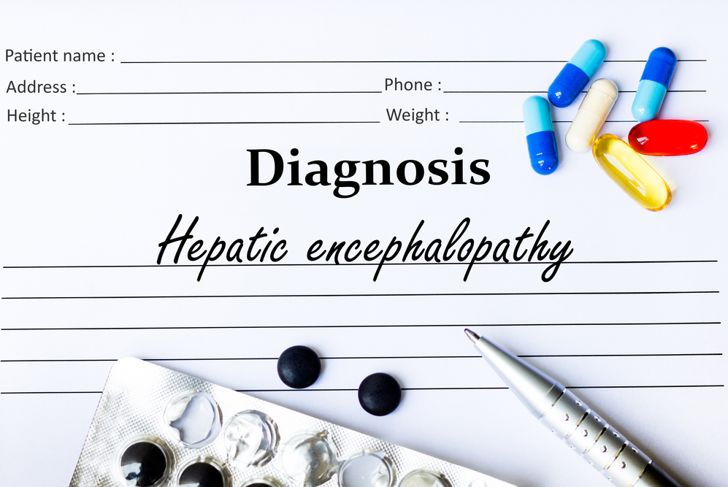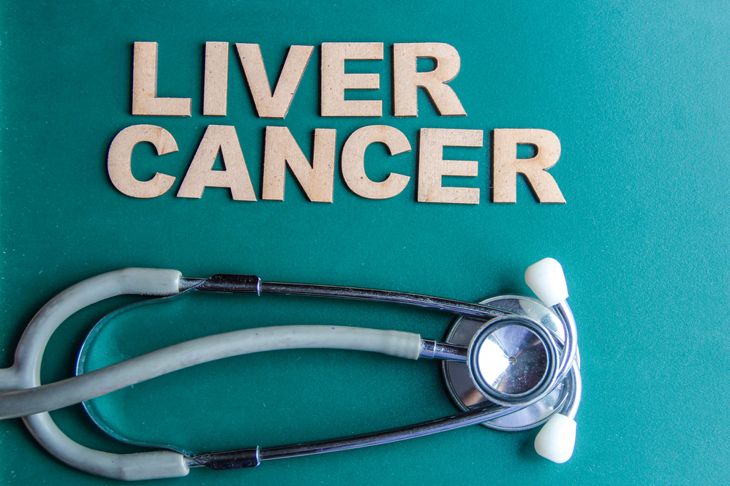Steatohepatitis or fatty liver disease is the result of the liver accumulating excess fat. Diagnosed individuals may have nonalcoholic fatty liver disease or alcoholic liver disease. The former has two further distinctions: simple fatty liver and nonalcoholic steatohepatitis. Fatty liver disease is closely related to some metabolic disorders, and as such, shares some symptoms with these conditions.
Common Symptoms
All fatty liver diseases and their related conditions have some shared symptoms, and some are the direct result of damage to the liver or the buildup of excess fat around the organ. Loss of appetite can lead to unexpected weight loss and fatigue. Some individuals experience physical weakness and confusion. Advanced symptoms include fluid buildup that causes a swollen abdomen or ascites.
Fibrosis
Inflammation and liver cell damage can cause fibrosis or scarring of the liver, and scar tissue can affect liver performance. Generally, mild fibrosis has no symptoms. As the disease progresses, one may experience a loss of appetite, jaundice, nausea, and unexplained weight loss. Eventually, fibrosis can lead to cirrhosis.
Cirrhosis
Damaged liver cells can result in impaired liver function. This damage usually appears as scar tissue. Early cirrhosis is asymptomatic, though as the condition progresses, it can lead to jaundice and fluid buildup in the legs (edema) and abdomen (ascites). Eventually, the fluid accumulation may become infected. It is also possible for men to experience gynecomastia, an increase in breast gland size. Other symptoms include reddening of the palms and the appearance of spiderweb-like blood vessels. Advanced cirrhosis can cause complete liver failure.
Encephalopathy
Fatty liver disease can lead to hepatic encephalopathy, a syndrome characterized by neuropsychiatric abnormalities including changes in personality and intellectual disability. Around 70% of people with cirrhosis show some signs of hepatic encephalopathy. There are three categories of the complication: type A developed following acute liver failure, which causes rapid deterioration of the organ in a person without previous issues. Type B develops when blood flows around, rather than through, the liver, which disables the filtering effects of the organ. Type C is caused by cirrohosis and is often noted alongside other common symptoms such as jaundice, easy bruising, and edema or swelling.
Liver Cancer
There are two types of liver cancer: primary hepatic cancer begins in the liver. This form is significantly rarer than secondary hepatic cancer, which originates in other organs but metastasizes or spreads to the liver. Because liver cancer is an umbrella term, there are many signs and symptoms. Sweating, weight loss, jaundice, and abdominal pain are common. Some people experience back pain, itching, fevers, severe fatigue, and white, chalky stools. The liver can become enlarged, or the abdomen may develop a swollen mass.
Hepatocellular Carcinoma
The most common type of primary liver cancer is hepatocellular carcinoma. It occurs in livers with chronic inflammation. As with many liver conditions, there may be no symptoms or symptoms. Hepatocellular carcinoma can cause easy bruising due to blood clot abnormalities. Additionally, all the symptoms common to other liver conditions can occur, including jaundice, fluid build-up, weight loss, and abdominal pain. Fluid accumulation may cause the abdomen to swell noticeably.
Alcoholic Hepatitis
Inflammation of liver tissue is called hepatitis. Alcoholic liver disease may take the form of acute involvement (also known as alcoholic hepatitis) or chronic liver disease (steatosis, steatohepatitis, fibrosis, and cirrhosis). Signs and symptoms of alcoholic hepatitis include jaundice, nausea, and vomiting, fatigue, and fever. Alcoholic hepatitis can complicate with liver failure and blood coagulation disorders.
Simple Fatty Liver
Most people with nonalcoholic fatty liver disease have simple fatty liver. Unlike other forms of fatty liver disease, there is little or no inflammation or damage to the liver cells. The condition usually does not worsen and will not lead to more dangerous conditions. Physicians often cannot diagnose the condition unless they are specifically looking for it or discover it while performing other tests.
Nonalcoholic Steatohepatitis
The more serious form of nonalcoholic fatty liver disease is nonalcoholic steatohepatitis. Around one-fifth of people with nonalcoholic fatty liver disease have nonalcoholic steatohepatitis. Unlike simple fatty liver, nonalcoholic steatohepatitis describes inflammation in the liver. Most cases of non-alcoholic hepatitis will cause no symptoms or problems. However, some cases can complicate with fibrosis, cirrhosis and even liver cancers.
Alcoholic Liver Disease
Alcoholic liver disease is a form of fatty liver disease unique to those who consume alcohol and does not necessarily correlate with the amount of alcohol consumed. Early symptoms may include a loss of energy, nausea and vomiting, abdominal pain, and poor appetite. Eventually, the body may develop gynecomastia, jaundice, or redness in the palms. Some individuals with alcoholic fatty liver develop alcoholic hepatitis. However, for many people, alcoholic liver disease has no symptoms.

 Home
Home Health
Health Diet & Nutrition
Diet & Nutrition Living Well
Living Well More
More




















